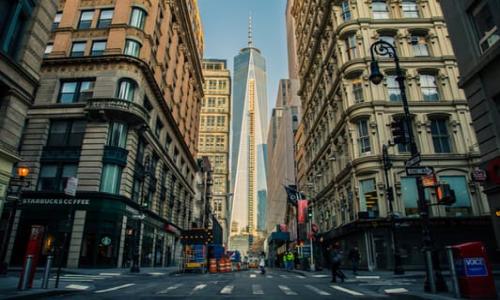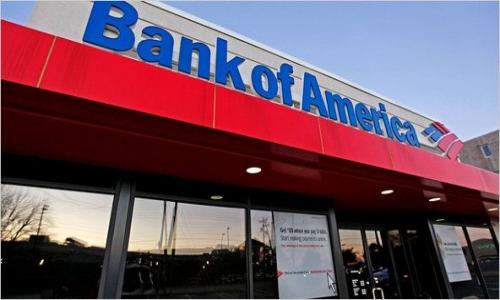BestCashCow provides the most comprehensive list of US savings accounts and CDs from online banks as well as from branch-based banks and credit unions. As such, we tend to get a lot of queries when the Fed raises interest rates, as it did yesterday for only the third time in the last decade. These queries usually end with something like “why did my bank not raise my rate?”
My response is as follows: Your rate was not raised yesterday, last night or this morning because the rates that banks offer depositors on certificates of deposit, savings accounts and checking accounts are more a function of what the banks are willing to pay. As the Fed funds rate increase was well projected for months by Janet Yellen – and therefore highly anticipated - the most competitive savings, CD, and checking rates had already risen. In fact, the best savings and CD rates have actually gone up by more than 25 basis points since the Fed’s last action early last year.
See the best savings rates here and the best CD rates here.
The Fed funds target rate, set by Janet Yellen and the rest of the Fed’s board of governors is now 0.75% to 1.00%. Neel Kashkari, President of the Federal Reserve Bank of Minneapolis, dissented on the Fed’s decision to raise the Fed funds rate by 25 basis points, which leads us to believe that there will be only three quarter-point hikes this year, instead of 4. The pace of rate hikes will be especially slow for retirees, those who are averse to investments in the stock market, and those who otherwise depend on a risk-free rate of return in order to maintain a certain standard of living.
Nevertheless, it is clear that rates will continue to rise significantly, albeit gradually over the next two years. The Fed is now indicating that the Fed funds rate will be over 3% by 2019, in which case savings and short term CD rates will be at or over that level by then. The Fed is also projecting that US GDP will flatline at 1.90% in 2018 and 2019; should it move at the 4% pace that Wilbur Ross, the U.S. Secretary of Commerce, desires, the Fed funds rate may actually be much higher. It will therefore be important over the next two years to track your savings accounts carefully to make sure that you are earning one of the most competitive savings rates.
We should also note that where you will see change right away when the Fed raises short-term interest rates, as it did Wednesday, is in banks' prime lending rates. Most major banks yesterday evening responded by increasing their prime lending rates to 4.00%, which has an immediate flow-through to credit card rates and auto loan rates. If you have been considering locking into a HELOC or a new mortgage, you may want to consider doing so before the Fed’s next raise in the summer or fall.
See HELOC rates where you live here.
Compare the best mortgage rates here.














Add your Comment
use your Google account
or use your BestCashCow account